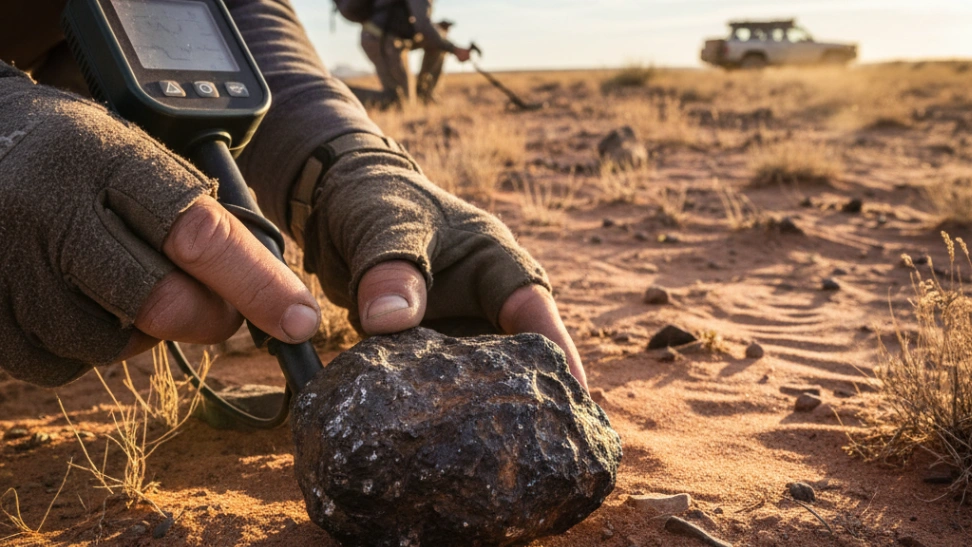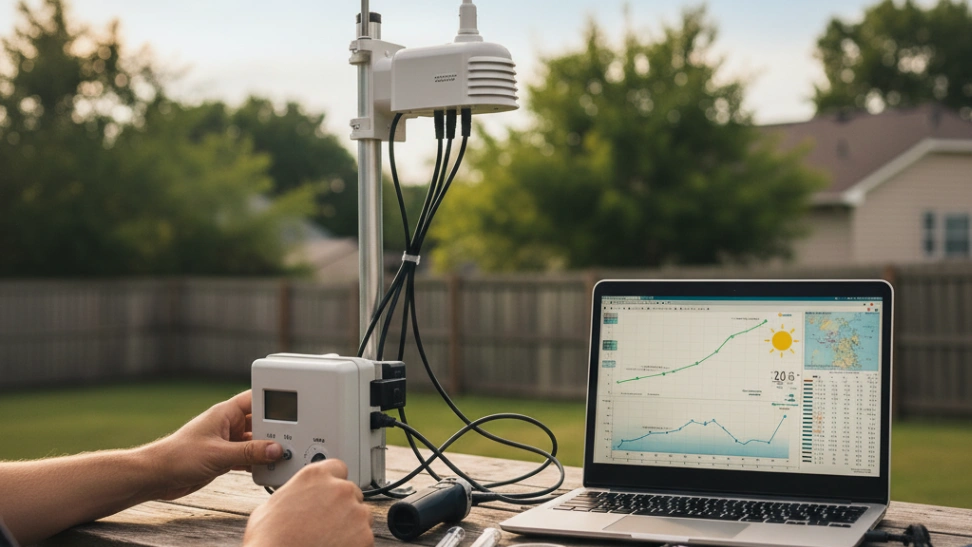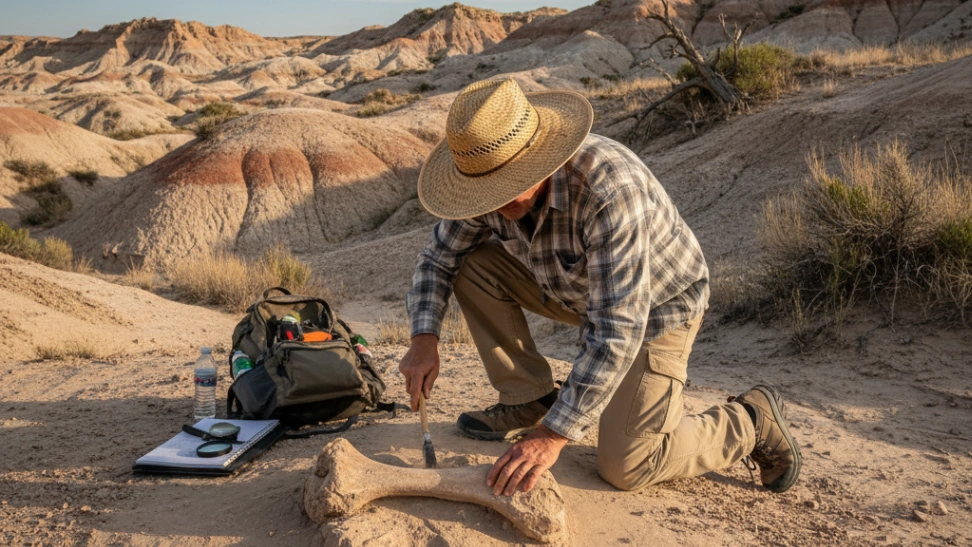The history of meteorite hunting is as old as humanity's observation of the heavens. For millennia, cultures across the globe have revered meteorites, incorporating them into religious ceremonies, forging tools, and crafting jewelry from their unique extraterrestrial material. Early human societies, lacking a scientific understanding of their origins, often attributed their fall to divine intervention or cosmic events. The scientific study of meteorites began to formalize in the 18th and 19th centuries, notably with figures like Ernst Chladni, who in 1794 published a groundbreaking work suggesting their extraterrestrial origin, challenging the prevailing view that rocks could not fall from the sky. This paradigm shift ignited scientific interest, leading to more systematic collection and classification. The "gold rush" era of meteorite hunting, as we know it today, truly began in the late 20th century with the popularization of metal detectors and the increasing accessibility of remote, dry environments like the Sahara Desert and the Nullarbor Plain in Australia. These vast, stable landscapes, coupled with minimal vegetation and weathering, preserve meteorites remarkably well, making them prime hunting grounds. The scientific community greatly benefits from these finds, as each meteorite provides invaluable data about the early solar system, planetary formation, and even the potential origins of life. The rise of the internet further democratized the hobby, allowing enthusiasts to share knowledge, coordinate expeditions, and identify specimens with greater ease, fostering a global community dedicated to unraveling the secrets held within these cosmic travelers.
Modern meteorite hunting is a fascinating blend of scientific detective work and adventurous exploration. Enthusiasts spend countless hours researching potential "strewn fields"—areas where meteorites have fallen, often in an elliptical pattern after breaking up in the atmosphere. This research might involve studying satellite imagery, historical fall reports, or geological maps to identify optimal search areas. Deserts, dry lakebeds, and polar ice fields are particularly fruitful due to their stable, light-colored surfaces and low rates of erosion, which allow meteorites to remain visible for extended periods. Equipped with specialized tools like powerful neodymium magnets attached to walking sticks or sophisticated metal detectors tuned to differentiate between terrestrial iron and meteoritic iron, hunters meticulously comb the landscape. The process is often slow and arduous, requiring immense patience and resilience against harsh environmental conditions, whether it's the scorching heat of a desert or the biting cold of an Antarctic expedition. However, the potential reward of unearthing a piece of another world, untouched for billions of years, is a powerful motivator, driving individuals to endure these challenges. Each discovery is not just a personal triumph but a contribution to science, potentially revealing new insights into the universe.
Identifying a meteorite in the field requires a keen eye and knowledge of specific characteristics. While many meteorites are stony (chondrites), some are iron or stony-iron, each with distinct visual and magnetic properties. Key indicators include a fusion crust—a thin, often black or dark brown, melted outer layer formed during atmospheric entry—and regmaglypts, which are thumbprint-like indentations caused by ablation. Meteorites are typically denser than most terrestrial rocks and often exhibit strong magnetism due to their iron content. A basic scratch test can help confirm their hardness, and observing their internal structure (if a small chip is present) can reveal chondrules, tiny spherical grains characteristic of stony meteorites. Once a potential meteorite is found, careful documentation of its location, weight, and initial appearance is crucial for scientific purposes. Professional classification by a meteoriticist is necessary to officially confirm its identity and register it with global databases like the Meteoritical Society's database. This collaborative process ensures that each discovery contributes to our collective understanding of extraterrestrial materials.
Beyond the thrill of the hunt, meteorite hunting offers a profound connection to cosmic history. Each specimen is a time capsule, preserving material from the early days of our solar system, sometimes even containing pre-solar grains that predate the sun itself. Studying these rocks helps scientists understand the conditions under which planets formed, the chemical composition of asteroids, and the processes that shaped our planetary neighborhood. For the individual hunter, holding a meteorite is to hold a piece of creation, a tangible link to astronomical events that occurred billions of years ago. It's a hobby that fosters an appreciation for deep time and the dynamic processes of the universe, blending elements of geology, astronomy, and adventurous exploration into a single, rewarding pursuit. The community of meteorite hunters is diverse, ranging from amateur enthusiasts to professional researchers, all united by a shared passion for these celestial visitors and the stories they tell about our place in the cosmos.



